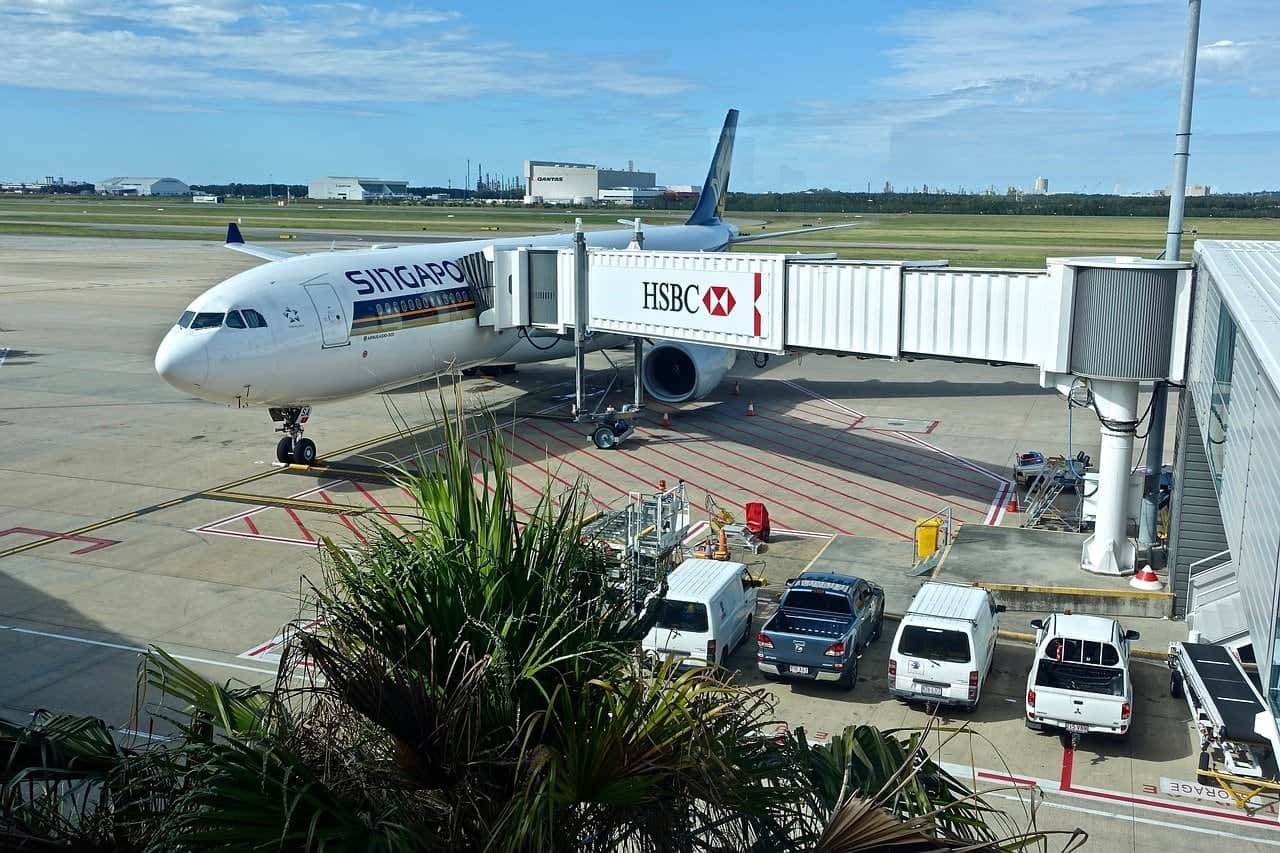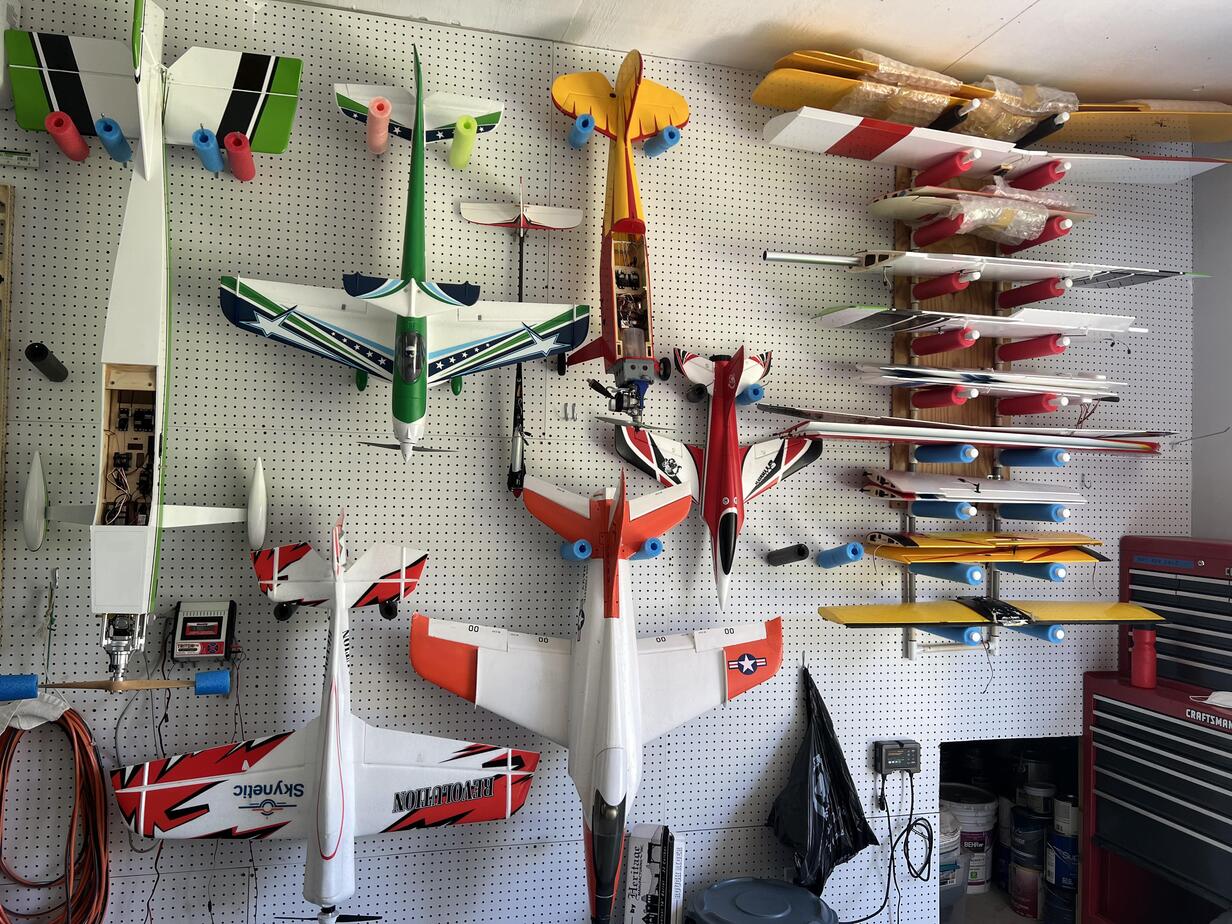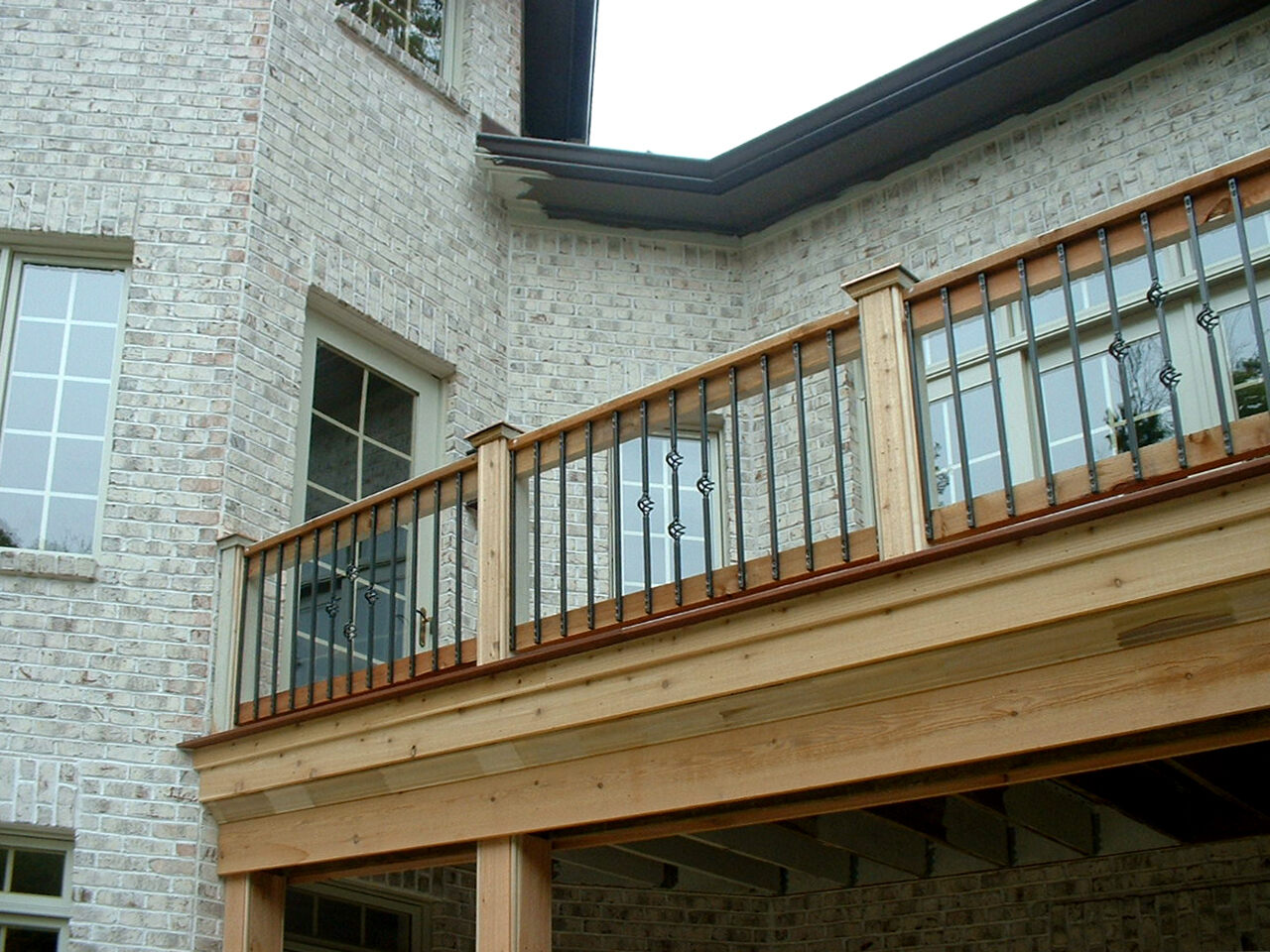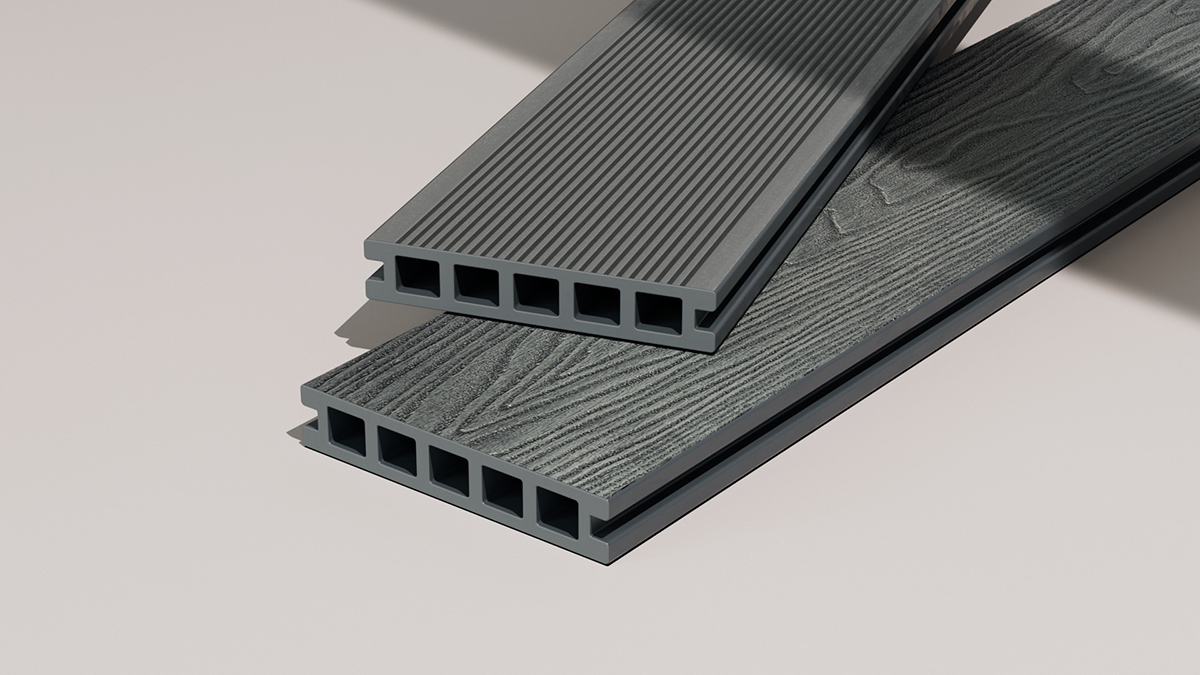

Articles
What Is The Walkway To A Plane Called
Modified: January 5, 2024
Discover what the walkway to a plane is called and explore related articles on aircraft boarding techniques, airport infrastructure, and passenger experiences.
(Many of the links in this article redirect to a specific reviewed product. Your purchase of these products through affiliate links helps to generate commission for Storables.com, at no extra cost. Learn more)
Introduction
Welcome to the exciting world of aviation! As passengers, we often experience the thrill of boarding an aircraft and embarking on a journey to new destinations. But have you ever wondered about the structure that connects the airport terminal to the airplane? That structure is known as the walkway to a plane, and it plays a crucial role in the boarding process.
In this article, we will explore the walkway to a plane, its various types, and its significance in ensuring a seamless and safe boarding experience for passengers. So fasten your seatbelts, and let’s dive into the fascinating world of walkways to planes!
Key Takeaways:
- Walkways to planes, such as jet bridges and air stairs, provide passengers with a seamless, convenient, and safe boarding experience, enhancing efficiency, accessibility, and comfort in modern air travel.
- Safety is paramount in the design and maintenance of walkways to planes, with features such as proper lighting, non-slip flooring, and clear signage ensuring passenger well-being and contributing to a smooth and enjoyable travel experience.
Read more: What Do You Call A Covered Walkway
Definition of Walkway to a Plane
A walkway to a plane, also commonly referred to as an air bridge, jet bridge, or boarding bridge, is a movable enclosed bridge that connects the airport terminal or gate with the aircraft. It serves as a vital pathway for passengers to board and disembark from an airplane without having to expose themselves to the elements or walk on the tarmac.
Walkways to planes come in various designs and configurations, but their primary purpose remains the same – to provide a convenient and secure passage between the terminal and the aircraft. They typically consist of an elevated enclosed tunnel or bridge that is attached to the terminal on one end and can be extended or retracted to reach the aircraft’s entrance door on the other.
These structures are engineered to accommodate different aircraft sizes and can be adjusted to different heights to align perfectly with the aircraft doors. Most modern walkways to planes are equipped with climate control systems, ensuring a comfortable environment for passengers irrespective of the weather conditions outside.
Additionally, walkways to planes are equipped with essential features such as lighting, handrails, and non-slip flooring to ensure the safety and convenience of passengers during the boarding and disembarking process.
Now that we have a clear understanding of what walkways to planes are, let’s explore why they are crucial for air travel and the different types available.
Importance of Walkways to Planes
Walkways to planes play a vital role in modern air travel, providing numerous benefits for both passengers and airport operations. Let’s delve into the importance of these structures:
- Enhanced Passenger Convenience: Walkways to planes offer a convenient and efficient way for passengers to access the aircraft. Passengers can simply walk through the enclosed bridge without having to navigate through airport tarmacs or exposed walkways. This not only saves time but also provides a more comfortable experience, especially during inclement weather conditions.
- Smooth Boarding Process: With walkways to planes, the boarding process becomes streamlined and organized. Passengers can board the aircraft directly from the terminal gate, eliminating the need for shuttle buses or long walks on the tarmac. This increases efficiency and reduces boarding time, ensuring that flights depart on schedule.
- Accessibility for Passengers with Reduced Mobility: Walkways to planes are equipped with features that accommodate passengers with reduced mobility, such as ramps and elevators. This ensures that individuals with wheelchairs, walkers, or other mobility aids can board the aircraft comfortably and safely.
- Protection from Weather Conditions: Walkways to planes offer protection from adverse weather conditions, such as rain, snow, or extreme heat. Passengers can stay dry and sheltered while transitioning from the terminal to the aircraft, enhancing their overall travel experience.
- Increased Safety: Walkways to planes provide a secure pathway and minimize the risk of accidents during boarding and disembarking. With proper lighting, handrails, and non-slip flooring, passengers can navigate the walkway safely, reducing the chances of slips, trips, or falls.
- Efficient Airport Operations: Walkways to planes contribute to the efficient operation of airports. By eliminating the need for shuttle buses or outdoor walks, airports can optimize their resources and reduce congestion on the tarmac. This allows for smoother aircraft movements and improved turnaround times.
Overall, walkways to planes offer a multitude of benefits for passengers, airlines, and airports, enhancing convenience, safety, and efficiency in the boarding process. Now that we understand the importance of these structures, let’s explore the different types of walkways to planes commonly found in airports worldwide.
Types of Walkways to Planes
Walkways to planes come in various forms, each designed to cater to specific aircraft types and operational requirements. Let’s take a closer look at some common types of walkways to planes:
- Jet Bridge: The jet bridge, also known as an aerobridge or passenger boarding bridge, is the most common type of walkway to a plane. It consists of an enclosed, movable tunnel that extends from the terminal gate to the aircraft door. Jet bridges are usually equipped with telescopic sections that can adjust the length and height to accommodate different aircraft sizes.
- Air Stairs: Air stairs, also known as mobile stairs or aircraft steps, are another type of walkway to a plane. They consist of a set of steps that can be positioned next to the aircraft door, allowing passengers to embark or disembark directly onto the tarmac. Air stairs are commonly used for smaller aircraft, regional jets, or in remote airports where jet bridges are not available.
- Boarding Ramps: Boarding ramps, also called boarding bridges or passenger ramps, are similar to jet bridges but operate on a different principle. Instead of an enclosed tunnel, boarding ramps consist of an inclined ramp that connects the terminal gate to the aircraft door. Passengers walk along the inclined path to board or disembark from the aircraft.
- Premium Walkways: In some airports, there are specialized walkways designed to provide a luxurious experience for premium or first-class passengers. These walkways may feature exclusive lounges, elegant designs, and additional amenities to enhance the travel experience for high-end travelers.
- Regional-Specific Walkways: Certain airports around the world have unique walkway designs that reflect their cultural or regional characteristics. These walkways may incorporate elements of local architecture or traditional aesthetics, adding a touch of uniqueness and charm to the boarding process.
These are just a few examples of the various types of walkways to planes available in aviation. The choice of walkway depends on factors such as airport infrastructure, aircraft compatibility, and operational requirements. Regardless of the type, the ultimate goal is to provide a safe and convenient pathway for passengers to access their flights.
Now that we have explored the different types of walkways to planes, let’s examine the purpose they serve in ensuring a seamless and efficient boarding process.
Jet Bridge
The jet bridge, also known as an aerobridge or passenger boarding bridge, is the most commonly used type of walkway to a plane. It is a sophisticated structure that connects the airport terminal gate directly to the aircraft door, offering a convenient and seamless boarding experience for passengers. Let’s explore the features and benefits of a jet bridge:
Design and Construction: Jet bridges consist of an enclosed, movable tunnel or bridge that extends from the terminal gate to the aircraft door. The bridge is typically made of steel or aluminum, with weatherproof materials used to ensure durability and protection against the elements. The design may vary based on the airport’s specifications, but most often, jet bridges feature a telescopic system that allows for length and height adjustments to accommodate different aircraft types.
Climate Control: One of the key advantages of a jet bridge is the provision of climate control systems. With the ability to maintain a controlled environment, passengers can enjoy a comfortable transition from the terminal to the aircraft, regardless of the external weather conditions. The temperature and ventilation systems inside the jet bridge ensure a pleasant experience for passengers throughout the boarding process.
Efficiency and Convenience: Jet bridges offer a high level of convenience and efficiency during boarding and disembarking. Passengers can simply walk through the enclosed tunnel without having to worry about weather conditions or navigating through the tarmac. This saves time, streamlines the boarding process, and allows flights to depart on schedule.
Accessibility: Jet bridges are designed to accommodate passengers with different mobility needs. They feature ramps and elevators to provide easy access for individuals using wheelchairs, mobility aids, or those with limited mobility. This ensures that everyone can comfortably and safely board the aircraft without any barriers.
Safety Measures: Jet bridges are equipped with several safety features to ensure the well-being of passengers. Proper lighting ensures visibility even in low-light conditions, while handrails along the walkway provide stability and assistance. Non-slip flooring is also implemented to minimize the risk of accidents during the boarding and disembarking process.
Aesthetics and Branding: Jet bridges offer the opportunity for airports and airlines to incorporate their branding and design elements. From digital signage to customized interior finishes, jet bridges can create a cohesive and memorable experience for passengers, reflecting the identity of the airport or airline.
Jet bridges have revolutionized the boarding process, providing a seamless, comfortable, and efficient transition for passengers from the terminal to the aircraft. Their design, climate control systems, and safety features make them an indispensable component of modern aviation infrastructure.
Now that we have explored the features of a jet bridge, let’s continue by understanding the concept and benefits of air stairs as another type of walkway to a plane.
The walkway to a plane is called a jet bridge or jetway. It is a movable connector that extends from an airport terminal gate to an airplane, allowing passengers to board and disembark.
Read more: What Is Infill Plane
Air Stairs
In situations where a jet bridge is not available or not compatible with the aircraft, air stairs are used as an alternative walkway to a plane. Air stairs, also known as mobile stairs or aircraft steps, provide a means for passengers to board and disembark directly from the aircraft door onto the tarmac. Let’s explore the features and benefits of air stairs:
Design and Construction: Air stairs typically consist of a set of movable steps that can be positioned next to the aircraft door. They are constructed with durable materials such as aluminum or steel, ensuring stability and safety during the boarding process. Air stairs may have handrails or guardrails for added support and security.
Versatility: Air stairs are versatile and can be used for different types of aircraft, ranging from smaller regional planes to larger commercial jets. They can be adjusted to the appropriate height to align with the aircraft door, allowing passengers to step directly onto the tarmac.
Accessibility: Air stairs are especially beneficial for airports that have limited infrastructure or where jet bridges are not available. They provide a means for passengers to board and disembark from the aircraft without relying on complex walkway systems. This is particularly useful in remote areas or in situations where quick turnarounds are required.
Rapid Deployment: Air stairs can be quickly deployed and adjusted to accommodate different aircraft heights. This allows for efficient boarding and disembarking, reducing the turnaround time of flights. Passengers can directly descend from the aircraft without having to wait for additional equipment to connect to the aircraft door.
Flexibility: Air stairs offer flexibility in situations where the aircraft parking position may change or if multiple aircraft need to be serviced simultaneously. They can be easily repositioned to accommodate these changes, ensuring smooth and efficient operations.
Cost-effectiveness: Air stairs are a cost-effective option for airports and airlines, as they require less infrastructure and maintenance compared to jet bridges. This makes them particularly suitable for smaller airports or remote destinations where traffic volume may be lower.
Challenges: Despite their benefits, air stairs can pose challenges for passengers with reduced mobility or those carrying heavy luggage. Climbing or descending stairs may be more difficult for individuals with mobility limitations. However, airports and airlines often provide assistance to ensure that passengers with special needs can safely navigate the air stairs.
Air stairs offer a practical and efficient solution for boarding and disembarking aircraft in situations where jet bridges are not available or suitable. Their versatility, rapid deployment capabilities, and cost-effectiveness make them an essential component of airport operations.
Now that we have explored air stairs, let’s continue by understanding the concept and benefits of boarding ramps as another type of walkway to a plane.
Boarding Ramps
Boarding ramps, also known as boarding bridges or passenger ramps, are another type of walkway to a plane that provide a direct pathway from the airport terminal gate to the aircraft door. Unlike jet bridges or air stairs, boarding ramps consist of an inclined ramp rather than an enclosed tunnel or a set of steps. Let’s explore the features and benefits of boarding ramps:
Inclined Ramp Design: Boarding ramps are designed as an inclined pathway that connects the terminal gate to the aircraft door. The ramp gradually rises, allowing passengers to walk or roll their luggage along the inclined path to board or disembark from the aircraft. The inclination is carefully engineered to ensure easy navigation.
Adjustable Height: Just like jet bridges, boarding ramps can be adjusted to the appropriate height to align perfectly with the aircraft door. This ensures a smooth and seamless transition for passengers between the terminal and the aircraft, eliminating the need for steps or stairs.
Accessibility: Boarding ramps provide a convenient and accessible pathway for passengers with varying levels of mobility. They are designed to accommodate individuals using wheelchairs, walkers, or other mobility aids. By eliminating the need for stairs, boarding ramps ensure that everyone, regardless of physical ability, can board and disembark from the aircraft comfortably.
Efficiency: Boarding ramps contribute to the efficiency of the boarding process by providing a direct path for passengers. They eliminate the need for passengers to navigate through airport tarmacs or shuttle buses, ensuring a streamlined and organized boarding experience. This saves time and reduces potential delays.
Flexibility: Boarding ramps offer flexibility in terms of their usage. They can be used for different aircraft types and are not limited to specific sizes or configurations. This versatility makes them suitable for various airport layouts and operational requirements.
Weather Protection: Although boarding ramps are not enclosed like jet bridges, they still provide some protection against adverse weather conditions. They shield passengers from rain, snow, or extreme heat during the boarding and disembarking process, providing a more comfortable experience compared to using open tarmacs.
Cost-effectiveness: Boarding ramps are a cost-effective alternative to jet bridges, especially for airports with lower passenger traffic or limited budgets. They require less infrastructure investment and maintenance compared to enclosed walkways, making them a practical choice for smaller airports or remote locations.
Boarding ramps offer a simplified and efficient boarding process, ensuring the comfort and accessibility of passengers while providing seamless connectivity from the terminal to the aircraft. Their adjustability, accessibility features, and cost-effectiveness contribute to their importance in airport operations.
Now that we have explored boarding ramps, let’s move forward and understand the purpose of walkways to planes and the safety considerations associated with them.
Purpose of Walkways to Planes
The primary purpose of walkways to planes is to provide a safe and convenient passage for passengers to board and disembark from the aircraft. Let’s delve into the specific purposes of these walkways:
- Efficient Boarding Process: Walkways to planes streamline the boarding process, ensuring that passengers can seamlessly transition between the airport terminal and the aircraft. By connecting the gate directly to the aircraft door, these walkways eliminate the need for shuttle buses or outdoor walks, saving time and minimizing boarding delays.
- Comfort and Convenience: Walkways to planes enhance the comfort and convenience of passengers. They provide a sheltered and climate-controlled environment, shielding passengers from inclement weather conditions. Passengers can walk comfortably through the enclosed walkway without being exposed to the elements or uneven tarmac surfaces.
- Accessibility for All Passengers: Walkways to planes are designed to accommodate passengers of all abilities. They include features such as ramps, elevators, and non-slip surfaces to ensure easy access and safe movement for individuals with reduced mobility, seniors, and those using wheelchairs or other mobility aids.
- Safety and Security: Walkways to planes prioritize passenger safety and security. They are equipped with proper lighting, handrails, and non-slip flooring to prevent accidents or falls during the boarding and disembarking process. By providing a controlled and designated pathway, these walkways minimize risks and enhance overall safety.
- Seamless Transition: Walkways to planes facilitate a seamless transition for passengers between the airport terminal and the aircraft. Passengers can walk directly from the gate to the aircraft without the need for additional transportation or exposure to external factors. This not only simplifies the boarding process but also enhances the overall travel experience.
- Efficient Airport Operations: Walkways to planes contribute to the efficient operation of airports. They optimize the use of airport resources by reducing congestion, enabling smoother aircraft movements, and improving turnaround times. This helps airlines maximize their schedules and maintain punctuality.
- Brand Experience: Walkways to planes provide an opportunity for airports and airlines to create a unique brand experience. From custom designs and branding elements to personalized amenities, these walkways can enhance the overall ambiance and leave a lasting impression on passengers.
The purpose of walkways to planes goes beyond simply connecting the terminal to the aircraft. They ensure a comfortable, accessible, and secure pathway for passengers, contributing to the efficiency, convenience, and safety of the boarding process. Now, let’s explore the safety considerations associated with walkways to planes.
Safety Considerations with Walkways to Planes
Walkways to planes are designed with safety as a top priority to ensure the well-being of passengers during the boarding and disembarking process. Here are some important safety considerations associated with walkways to planes:
- Proper Lighting: Walkways to planes are equipped with adequate lighting to ensure visibility in all conditions. This includes proper illumination both inside the walkway and in the surrounding areas, allowing passengers to navigate safely during day or night.
- Non-Slip Flooring: The flooring inside walkways to planes is designed to be non-slip, reducing the risk of passengers slipping or falling. Anti-slip surfaces are used to ensure traction, especially during wet or slippery conditions, providing stability and minimizing the chance of accidents.
- Handrails: Handrails are installed along the walkway to provide additional support and stability for passengers. These handrails offer something to hold onto while walking, especially for individuals with reduced mobility or those who may require assistance.
- Emergency Exits and Procedures: Walkways to planes are equipped with emergency exits and evacuation procedures in case of unforeseen situations. Passengers are provided with clear instructions on how to safely exit the walkway in case of an emergency, ensuring their well-being and quick evacuation if needed.
- Clear Signage and Markings: Walkways to planes have clear signage and markings to guide passengers and direct them safely to the aircraft. This includes directional signs, step warnings, and safety instructions, ensuring that passengers are aware of any potential hazards and can navigate the walkway with ease.
- Regular Maintenance: Walkways to planes undergo regular maintenance to ensure their safety and operational integrity. Structural inspections, mechanical checks, and cleanliness are all crucial aspects of maintaining the safety of these structures. Regular maintenance helps identify and address any potential safety issues promptly.
- Accessibility Considerations: Walkways to planes are designed with accessibility in mind. They incorporate features such as ramps, elevators, and suitable width to accommodate passengers with reduced mobility, ensuring that everyone can navigate the walkway safely and comfortably.
- Compliance with Safety Regulations: Walkways to planes must adhere to strict safety regulations and guidelines set by aviation authorities. These regulations cover aspects such as structural integrity, fire safety, electrical safety, and emergency evacuation procedures to ensure the highest standards of passenger safety at all times.
By addressing these safety considerations, walkways to planes provide a secure and efficient transition for passengers from the airport terminal to the aircraft. They are designed and maintained to minimize risks, enhance passenger safety, and contribute to a smooth and enjoyable travel experience.
With safety measures in place, passengers can have peace of mind while traversing these walkways, knowing that their well-being is a top priority. Now, let’s conclude our exploration of walkways to planes.
Read more: What Is A Dovetail Infill Plane Used For
Conclusion
Walkways to planes, whether it be the familiar jet bridge, the practical air stairs, or the versatile boarding ramps, play a crucial role in the boarding process and the overall travel experience. These structures provide a convenient and secure pathway for passengers, ensuring efficiency, comfort, and safety during boarding and disembarking.
From the efficient boarding process and enhanced passenger convenience to the accessibility features and protection from weather conditions, walkways to planes offer numerous benefits for passengers, airlines, and airports alike.
Furthermore, walkways to planes contribute to the efficient operation of airports, reducing congestion, optimizing resources, and improving turnaround times. They allow for seamless transitions between the terminal and the aircraft, enhancing the overall travel experience for passengers.
Safety considerations are paramount in the design and maintenance of walkways to planes. Adequate lighting, non-slip flooring, handrails, emergency exits, clear signage, and compliance with safety regulations all contribute to ensuring passenger safety and well-being during the boarding process.
As technology advances and airports continue to innovate, we can expect further improvements in walkways to planes, providing even more convenience, comfort, and safety for passengers.
In conclusion, walkways to planes are much more than structures that simply connect the airport terminal to the aircraft. They are essential components of modern aviation infrastructure that enhance the efficiency, accessibility, and safety of the boarding process while offering a seamless and enjoyable experience for passengers.
So the next time you embark on a journey, take a moment to appreciate the convenience and ingenuity of these walkways that ensure a smooth transition from the airport terminal to the skies above.
Frequently Asked Questions about What Is The Walkway To A Plane Called
Was this page helpful?
At Storables.com, we guarantee accurate and reliable information. Our content, validated by Expert Board Contributors, is crafted following stringent Editorial Policies. We're committed to providing you with well-researched, expert-backed insights for all your informational needs.














0 thoughts on “What Is The Walkway To A Plane Called”